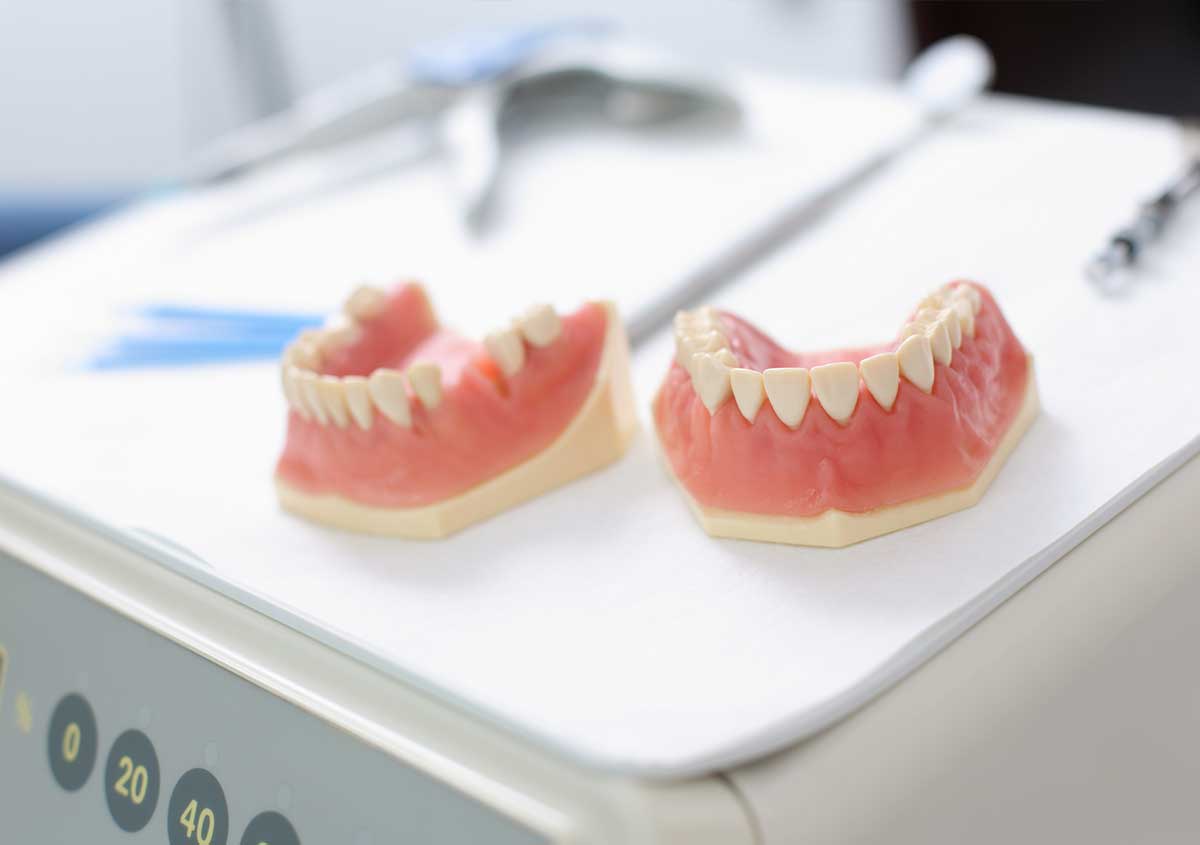
- Call Us
- New Patients:(262) 357-6622
- Existing Patients:(262) 338-6622
01
Jan
Crowns – Different Materials Being Used in Dentistry Today

Dental crowns have been used for many years to restore broken, cracked or worn teeth. Over time, new materials have become available to use in the fabrication of the crowns. Each of the old and new materials offer advantages and disadvantages compared to the other materials. When choosing the right material for a crown, some important things need to be considered including:
- Cost
- Esthetics
- Durability
- Accuracy and fit of the material
- Compatibility with the opposing teeth
- The ability to bond or not bond the material
- The difficulty and time needed to place the material
- The amount of tooth preparation needed
All of these and other factors play an important role in deciding which is the material of choice to use.
For this posting, I’ll simply list the materials currently available.
Crowns with metal
In this category there are two options currently used.
First is the standard porcelain fused to metal crown. This crown is designed to blend with adjacent teeth and is generally cemented in place.
Second is the complete metal crown – which is further broken down as those crowns either with high gold content or low/no gold content.
Crowns without metal
There are two options currently used in this category as well. They are:
Glass Ceramic crowns with fillers, including lithium disilicate and leucite reinforced crowns. (Lithium disilicate – a highly aesthetic, high-strength material that can be conventionally cemented or adhesively bonded. Leucite – mineral crystals composed of potassium and aluminum tectosilicate which is mixed with porcelain to strengthen and support thermal expansion)
Glass free ceramics, including zirconia crowns
In my next blog I’ll cover the advantages and disadvantages of each of the materials mentioned.

